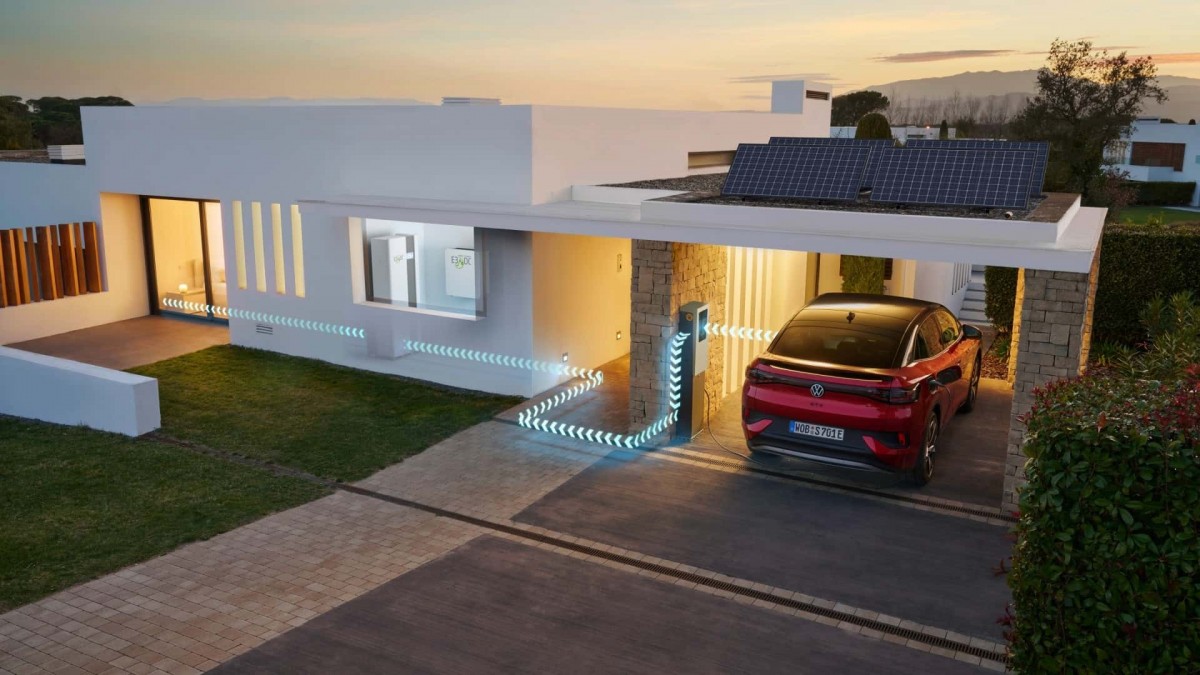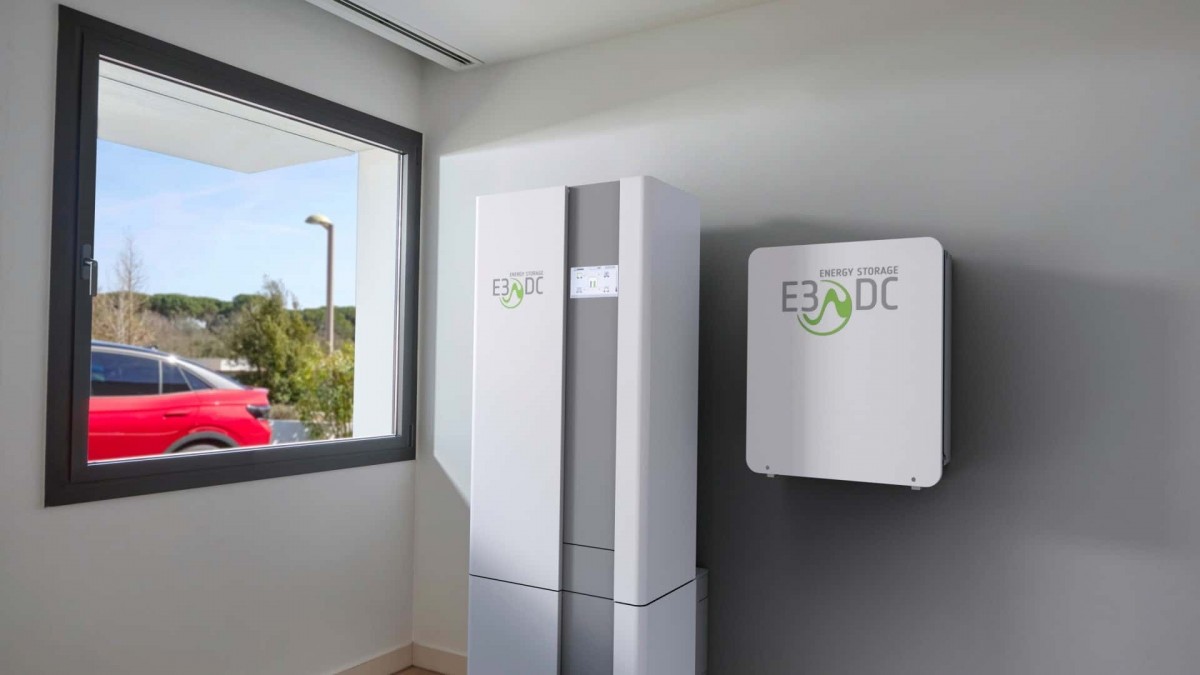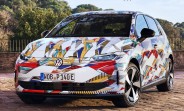Volkswagen introduces bidirectional charging in Europe
Volkswagen is finally introducing bidirectional charging technology in Europe.
Bidirectional charging, often referred to as Vehicle-to-Home (V2H) technology, allows electric vehicles to not only draw power from the grid but also to give back to it. Volkswagen has announced it is rolling out this feature on its latest ID electric vehicles in Europe.
 The EV can act as a back-up storage
The EV can act as a back-up storage
This option is available on Volkswagen ID models equipped with the 77-kilowatt-hour usable battery pack and running ID Software 3.5 or higher. These include the refreshed ID.3 and ID.4, the latest version of the ID.5, the all-new ID.7, and of course the ID.Buzz. Even existing customers will get to enjoy this feature through a software update.
Volkswagen claims that it is one of the pioneers in providing bidirectional charging solutions based on the CCS (Combined Charging System) DC charging standard, which is prevalent in Europe. In reality other automakers like Nissan, Hyundai, Kia, Genesis, BYD, and MG have already embraced bidirectional charging on the continent, and Volkswagen is simply determined to catch up.

The question for US customers is whether they will soon be able to tap into this innovative technology. Volkswagen of America has hinted at the possibility, stating, "We are investigating this" However, as of now, there is no concrete timeline for its introduction across the Atlantic.
Bidirectional charging allows an electric car to act as an extension of your home's energy storage system. When your home storage system requires additional energy, the ID electric vehicle kicks into action, supplying power. The only limitation isthe bidirectional charging ceases when the vehicle's high-voltage battery reaches a 20% state of charge. This ensures that the EV remains ready to hit the road when needed.

Volkswagen envisions this technology being used not only to power homes, but also to store excess electricity generated by a home's photovoltaic system. The automaker estimates that a house can be powered by solar energy stored in the vehicle battery during cloudy days or when the sun has set, and the photovoltaic system isn't generating electricity. Moreover, in places with multiple electricity tariffs owners can charge their cars when renewable energy is abundant and prices are lower.
Volkswagen plans for its ID electric vehicles to contribute to the electricity grid by feeding excess power (Vehicle-to-Grid or V2G) to stabilize it. This ambitious vision is being demonstrated in a pilot project in Sweden, where an entire housing estate is powered by EVs and their associated charging infrastructure, including a home power station and a Home Energy Management System (HEMS).
For now, eligible Volkswagen ID models in Europe are compatible with the S10 E COMPACT series DC home power station from HagerEnergy GmbH. However, the automaker has plans to expand compatibility with other home power stations in the future.





Facebook
Twitter
Instagram
RSS
Settings
Log in I forgot my password Sign up